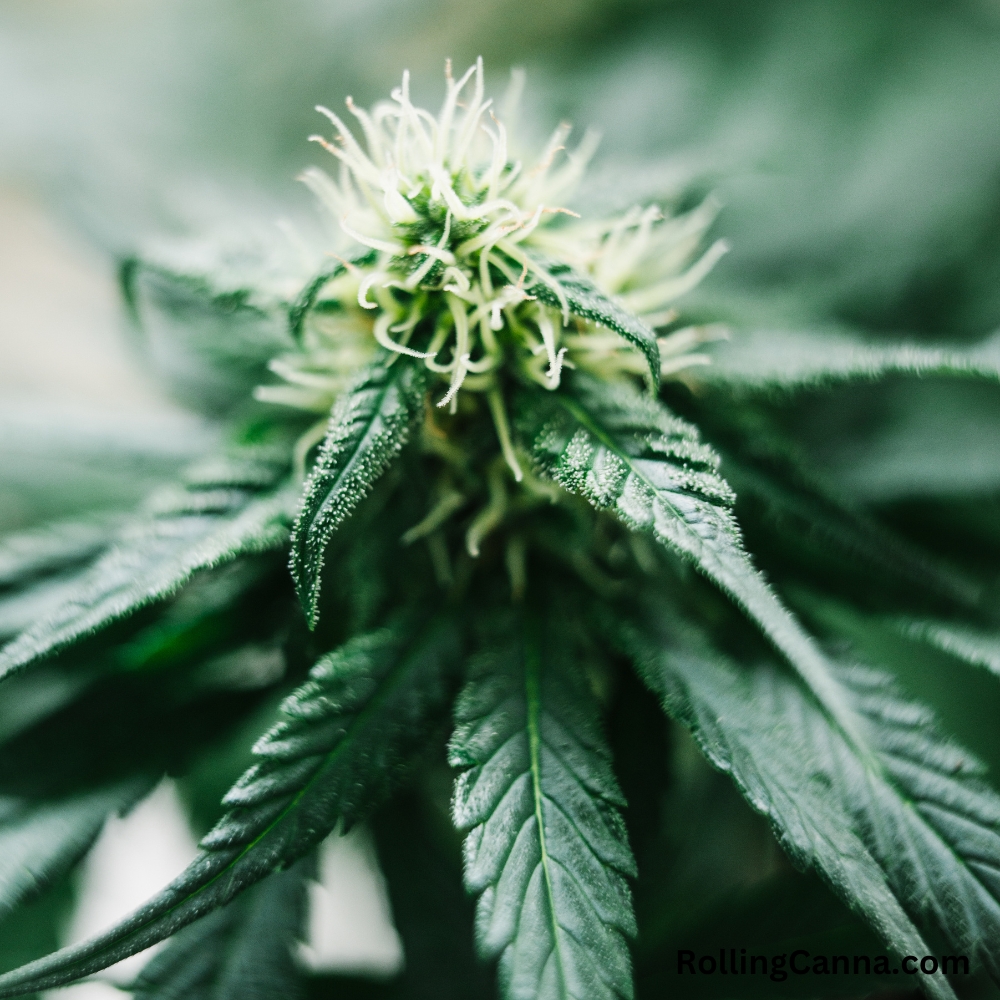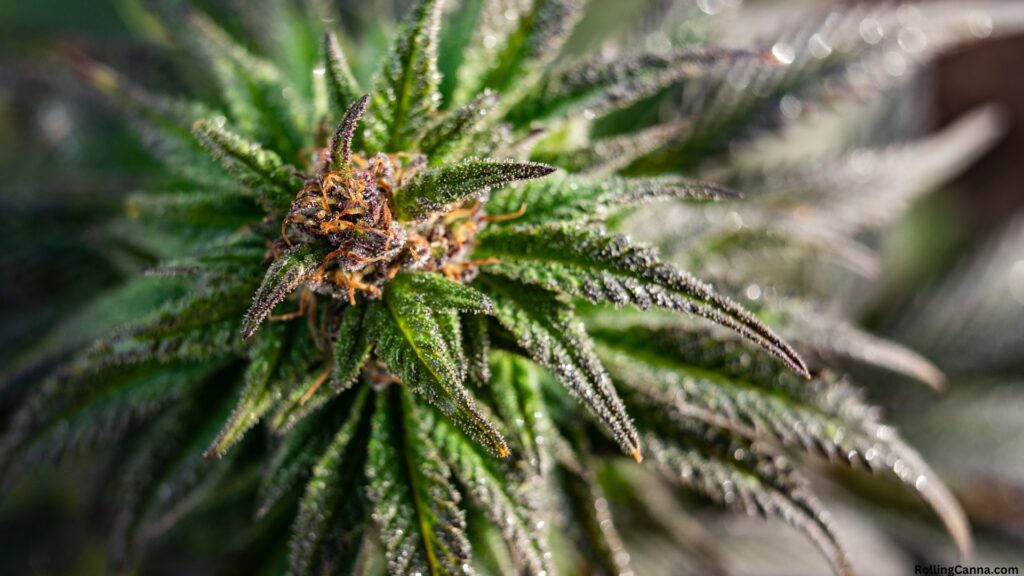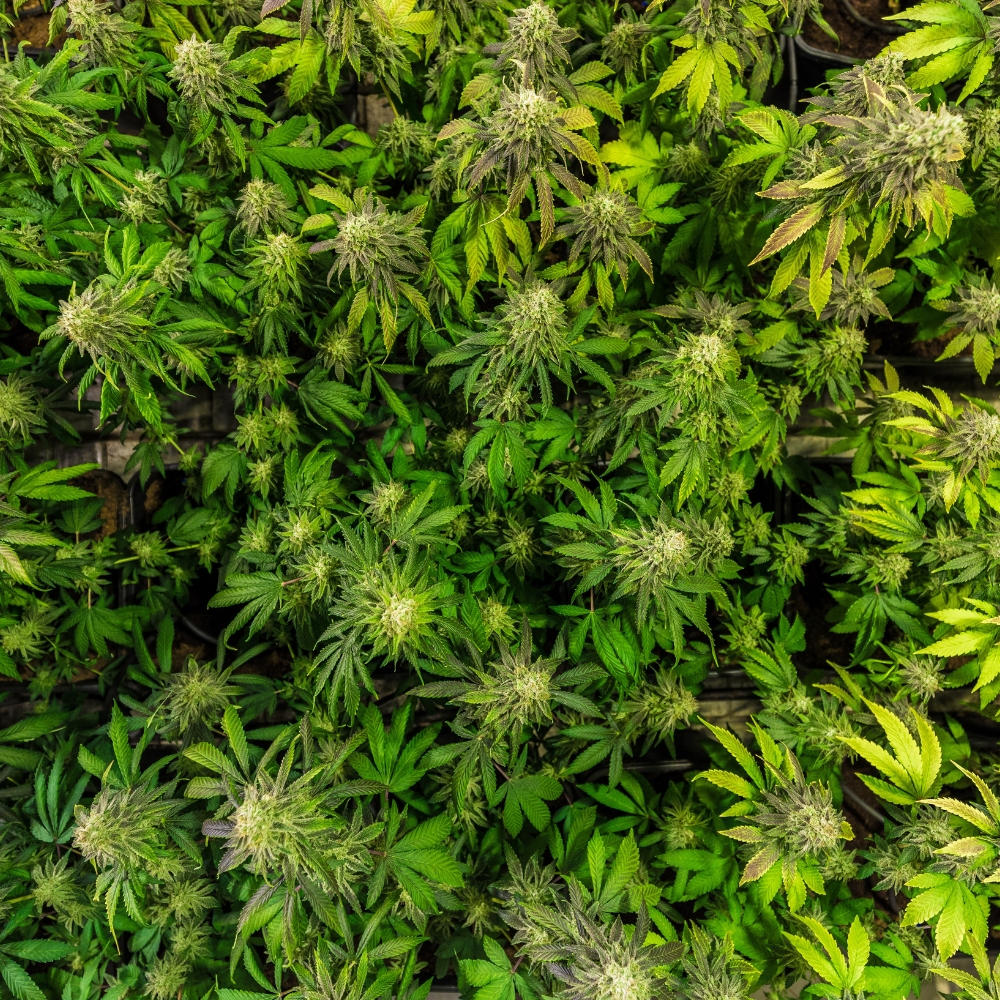If you’ve ever walked into a dispensary or browsed a cannabis website, you’ve likely seen labels like “High THC” or “CBD-rich.” But what do these mean—and how do they affect your experience?
In this post, we’ll break down the two most well-known cannabinoids in cannabis: THC (tetrahydrocannabinol) and CBD (cannabidiol). Understanding their differences is essential for choosing the right strain, especially if you’re new to cannabis or using it for wellness purposes.
What Is THC?
THC is the main psychoactive compound in cannabis. It’s what gives you the classic “high” feeling—euphoria, relaxation, or in some cases, anxiety or paranoia.
Common effects of THC:
- Euphoria or mood elevation
- Altered perception of time and space
- Relaxation and body high
- Increased appetite (“the munchies”)
- Possible dry mouth, red eyes, or short-term memory issues
Who might benefit from THC-dominant strains:
- Recreational users looking for a euphoric experience
- Medical users managing pain, nausea, or insomnia
- People with high tolerance or experience with cannabis
What Is CBD?
CBD is non-intoxicating. It doesn’t make you feel high, but it interacts with your body’s endocannabinoid system to promote balance and well-being. It’s often used for wellness, stress relief, and mild physical symptoms.
Common effects of CBD:
- Reduced anxiety and stress
- Mild physical relaxation
- Clear-headed and focused feeling
- Anti-inflammatory and analgesic effects
Who might benefit from CBD-dominant strains:
- First-time users or those sensitive to THC
- Individuals seeking anxiety or pain relief without the high
- Users who want daytime functionality
How THC and CBD Work Together: The Entourage Effect
THC and CBD don’t exist in isolation. In fact, they can work together synergistically, balancing each other’s effects in what’s known as the “entourage effect.” This means that the presence of both cannabinoids (along with terpenes) can enhance the overall benefits and reduce unwanted side effects.
For example, CBD may counteract some of THC’s anxiety-inducing effects, making a balanced strain more comfortable for many users.
How to Choose a Strain Based on THC/CBD Ratio
Strains are typically classified based on their cannabinoid ratio. Here’s a simple breakdown:
1. High THC / Low CBD
- Strong psychoactive effects
- Best for experienced users
- May cause anxiety in some
Example strains: Gorilla Glue, OG Kush, Girl Scout Cookies
2. Balanced THC:CBD (1:1 Ratio)
- Milder high with therapeutic benefits
- Good for pain, anxiety, and general relaxation
- Suitable for newer users
Example strains: Harlequin, Pennywise, Cannatonic
3. High CBD / Low THC
- No “high” feeling
- Anti-inflammatory and calming
- Ideal for wellness users or daytime relief
Example strains: Charlotte’s Web, ACDC, Ringo’s Gift
Other Essentials to Consider
Besides THC and CBD content, also consider:
- Terpene profile (aroma and subtle effects)
- Consumption method (flower, oil, edible, vape)
- Desired onset speed (smoking = fast, edibles = slow and long-lasting)
- Personal tolerance and body chemistry
Everyone’s endocannabinoid system is different, so finding the right strain might take a little trial and error.
Final Thoughts
Understanding the difference between THC and CBD is the foundation of smart cannabis use. Whether you want the euphoric boost of THC, the calming clarity of CBD, or a balanced experience that offers the best of both, the key is knowing your goals—and starting with the right ratio.
When in doubt, start with low THC and higher CBD to ease into the experience. And always consult your dispensary, doctor, or cannabis guide if you’re unsure.




